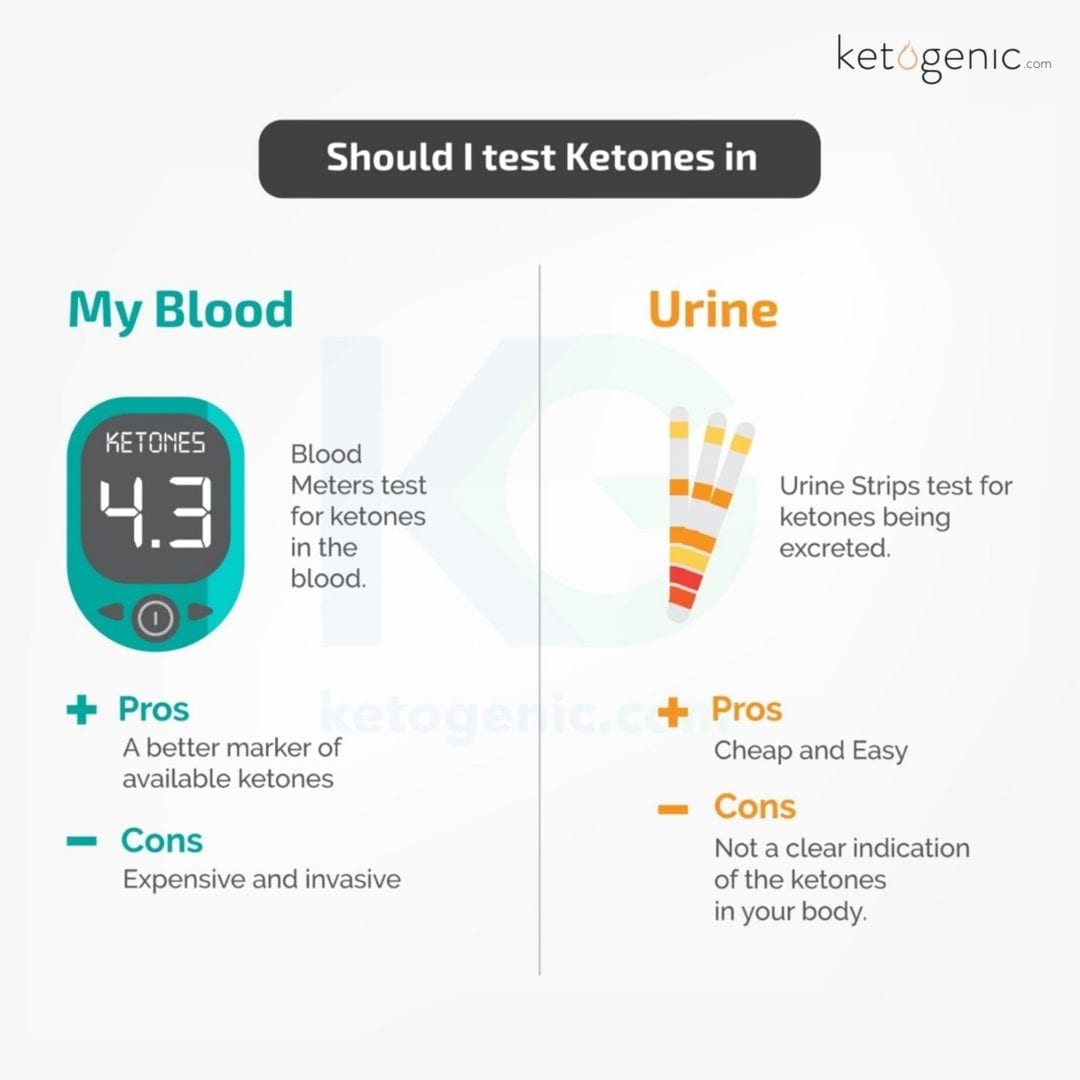
The purpose of this article is to teach individuals on a ketogenic diet how to test urine ketones. This process is by no means a requirement; however, individuals new to keto or beginners just starting their fitness journey may benefit from knowing if they are in a state of ketosis or not. This is a great method to gauge your personal carbohydrate tolerance; however, please note that it is not the most accurate form of measuring ketones. Measuring blood levels would provide the most accurate numbers, but is much more invasive. [1]
Picking out the Right Product
There are two types of urine ketone strips: ones that require you to pee in a cup and then leave the strip in and the ones that you directly urinate on. Which one you choose is of personal preference.
If you are utilizing the test strips that require leaving the strip in a cup, make sure to use a clean cup with a large enough sample size. After urinating, leave the strip in the cup for the allocated time listed on the back of the container (normally 30 seconds – 1 minute). If you are urinating direct contact test strips, simply urinate on the strip and you should notice a color change almost immediately.
How To Test Urine Ketones: Interpreting the Results
The beveled portion at the bottom of the stick will change colors to indicate ketone levels. Colors vary between brands, but on average, the darker the color indicates a greater number of ketones detected. Simply compare the stick to the color chart on the back of your product’s packaging to learn your urine ketone levels. [2]
To get more insight behind measuring urine ketones, be sure to check out ketogenic.com’s YouTube where I go in depth on this process.
References
Taboulet, P., Deconinck, N., Thurel, A., Haas, L., Manamani, J., Porcher, R., . . . Gautier, J. F. (2007, April). Correlation between urine ketones (acetoacetate) and capillary blood ketones (3-beta-hydroxybutyrate) in hyperglycaemic patients. Retrieved from http://www.ncbi.nlm.nih.gov/pubmed/17320448
What Are Ketones and Their Tests? (n.d.). Retrieved from http://www.webmd.com/diabetes/ketones-and-their-tests










